San Diego, California, USA
Have you ever experienced a beautifully quiet moment where you’re present enough to reflect upon the fact that we’re experiencing this human life in a time that will, in dozens of years, be forgotten? Like a step stone to the next pathway or a tunnel to bring you into the next realm.
As I have been researching glove history for Glove Week, I’ve been struck by one realization: There are very few inventions, garments/accessories or pieces of technology that humans have used, from their point of inception to contemporary times, in the same form. Basically, the gloves we use today are almost exactly the same as those first discovered. Though glove mediums may have evolved, their form, function and the ideal that gloves are useful, as well as decorative to the human form, have remained the same.
The first gloves. Which time period would I find these in?
Gloves are referenced in ancient Greek and Latin literature, and we’ve examples of sculpture from ancient Greece that survives today, depicting gloves as a utility. For example, the well known and recognized Boxer at Rest1, cast in bronze, survives from between 330 - 50 BC and depicts a sporting man, wearing nil but hand coverings as protection from an unseen opponent.
While ancient Greece is impressive, you’ll not be surprised to learn one of the first discovered pairs of gloves was found in ancient Egypt, within the tomb of Tutankhamen2 dating back to the 14th century BC. For me the most fascinating bit about this excellent trivia query is this: The gloves found alongside the treasures and practical belongings within Pharaoh Tut’s luxury, eternal apartment were well formed, just as we might expect our gloves today to cover all five of our fingers, and were made from linen with a tie wrist closure.
What? You mean to say that lil’ Tut was tut-tutting around in a pair of linen gloves with a small bow at his wrists to keep them on his sweet, royal hands when the wind whipped across the golden desert? The best bit here is if you or I were to take a visit to Egypt, right now in 2023, we would certainly bring products and accessories to help our humanness acclimate to the climate. We would pack loose fitting clothing, chic safari-esque creams and beiges (if you’re me), and accessories like a hat, sunglasses, a crossbody bag, or a pair of gloves if you plan to climb, trek or be within the elements for a great period of time. Across this packing list, we might also find we packed clothing and accessories of natural, breathable fibers, such as linen. While Tutankhamen may feel like a remote figure, we’re linked by our humanity and need for gloves when subjected to the elements.
Egypt, where else can gloves take me?
How do you feel about Europe? The Middle Ages or Medieval period spanning the late 5th to 15th centuries. We could pop to Italy, Spain or France, check in with England or Portugal perhaps? In any of these countries one might remark on gloves being seen in more than just the royal or upper classes. During this time period a time traveler such as yourself might notice members of the clergy wearing gloves to denote their level of importance within the faith and system of an ever-strengthening Church - here gloves become strictly ornamental, they are earned by their wearer. For our prelates3 and ruling noble class, you might notice jewels sewn at the wrists or on the tops of their hands. We might also take note of the supple leather or lustrous fabric used to make the gloves. Are diamond encrusted silk dupioni gloves practical? Good god, no! But they are fabulous, and communicate to all around you that you are so wealthy and powerful your hands do not need to be utilized.
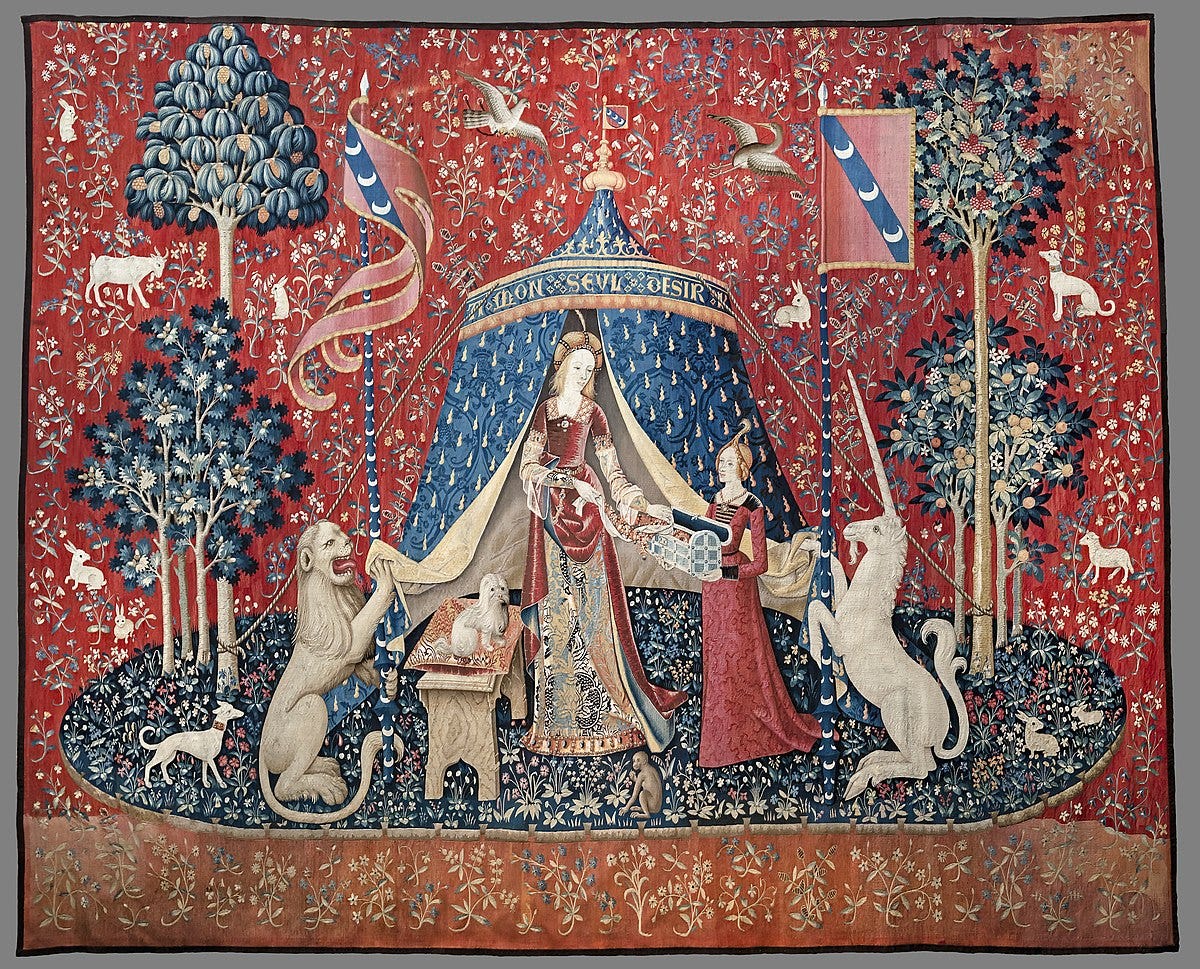
It is also pertinent to note that gloves were worn during these Middle Aged times to protect the skin and a person from disease and infection. Not super sexy or lovely to imagine, but hey, what would you do if there were no Lysol or Aesop hand soap?
Beauty, but what else?
Post Medieval times, let us fast forward to the early 19th century in France. Specifically, Grenoble. It is 1834, slavery is abolished in the British Empire while Americans still can’t get it together and are fighting anti-abolitionist movements, Greece gains its independence and crowns Athens as its capital, an American inventor, Thomas Davenport, creates one of the first electric cars, James McNeill Whistler4 and Edgar Degas5 are both born, and (most critical for Glove Week) Xavier Jouvin creates a glove cutting die.6
Jouvin’s die revolutionized the manufacturing of gloves as we now had the capability to cut a glove from a singular piece of fabric or leather and fit them precisely through hand or machine sewing along the seams. Prior to 1834, and Jouvin’s invention, all gloves typically consisted of 8 pattern pieces all sewn together by hand. This was timely, cost in-effective and resulted in a bulkier finished product.
After Jouvin’s die invention and revolutionary evolution of glove manufacturing, gloves began to be produced in a variety of mediums which enabled gloves to be made for the masses from the likes of capeskin, cabretta, pigskin, buckskin, reindeer skin, and lambskin, also called doeskin. For our upper class ladies, the favored glove medium was kid leather, or goat skin.
Gloves Today
Not much has changed from Jouvin’s workshop in the 19th century. Gloves are largely manufactured using a die with the pieces then machine, or hand if you’ve the budget, sewn together. In terms of where we see gloves today, while it may not feel like an often used accessory, gloves are quite often worn by royals, the 1% (the nobles of today - we just evolved our verbiage slightly), performers and artists, and as part of a uniform or ceremony should your position or vocation call for it.



Pour Moi
As previously mentioned, I am a fiend for the equestrian lifestyle. I play polo and ride horses and have a penchant for playing the ponies and am proud to call myself one of the youngest Turf Club Members at the Del Mar Race Track. When I’m riding horses and playing polo, I wear gloves to manage the reins and spare my hands, however when I am attending a race, I might wear day time gloves as accouterments to my already fantastic race day ‘fit - perhaps they match or compliment my hat or fascinator.
In either case, I’m like King Tut or Catherine de’Medici, heck I could be Emma Woodhouse, I have need of gloves but they become a status symbol, like a designer bag. As I consider this fascinating accessory, like so many things in life, it seems as though humans have manipulated this useful product and mangled their beauty and lasting utility. It makes me ponder, why do I like to work gloves into my fashion? Is it indeed a social statement? Or do I just revel the feel of leather on my exhausted hands?
History is a breathtaking repose, of the philosophical sense, which enables us to understand other humans and through their experiences, ourselves.
Join me in Part II of Glove Week with Vintage Finds, where I’ll explore the history behind a pair of driving gloves my mother purchased locally for $4.00. Subscribe and get Part II direct to your inbox.
Bronze sculpture at the Palazzo Massimo alle Terme, Rome, Italy. He’s emotional, ancient and reminds me of a ripped Mark Ruffalo
Everyone knows him though he only lived and reigned until age 19. Pharaoh in the 18th Dynasty of ancient Egypt. Major jackpot tomb discovered by Howard Carter in 1922
SAT level synonym for clergy
American painter who lived and worked during the Gilded Age, Whistler believed in “Art for art’s sake”
French Impressionist painter and sculptor renowned for his depiction of dance and dancers
Basically a huge cookie cutter, typically made from a lasting metal and used to cut leather or other dense mediums quickly, precisely and at scale




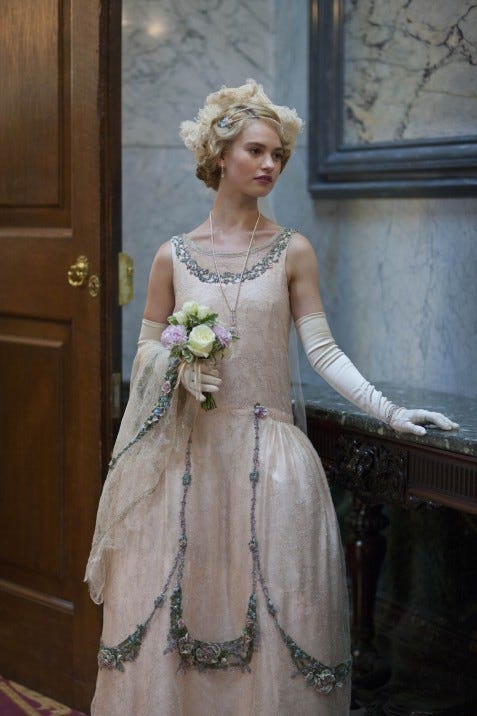
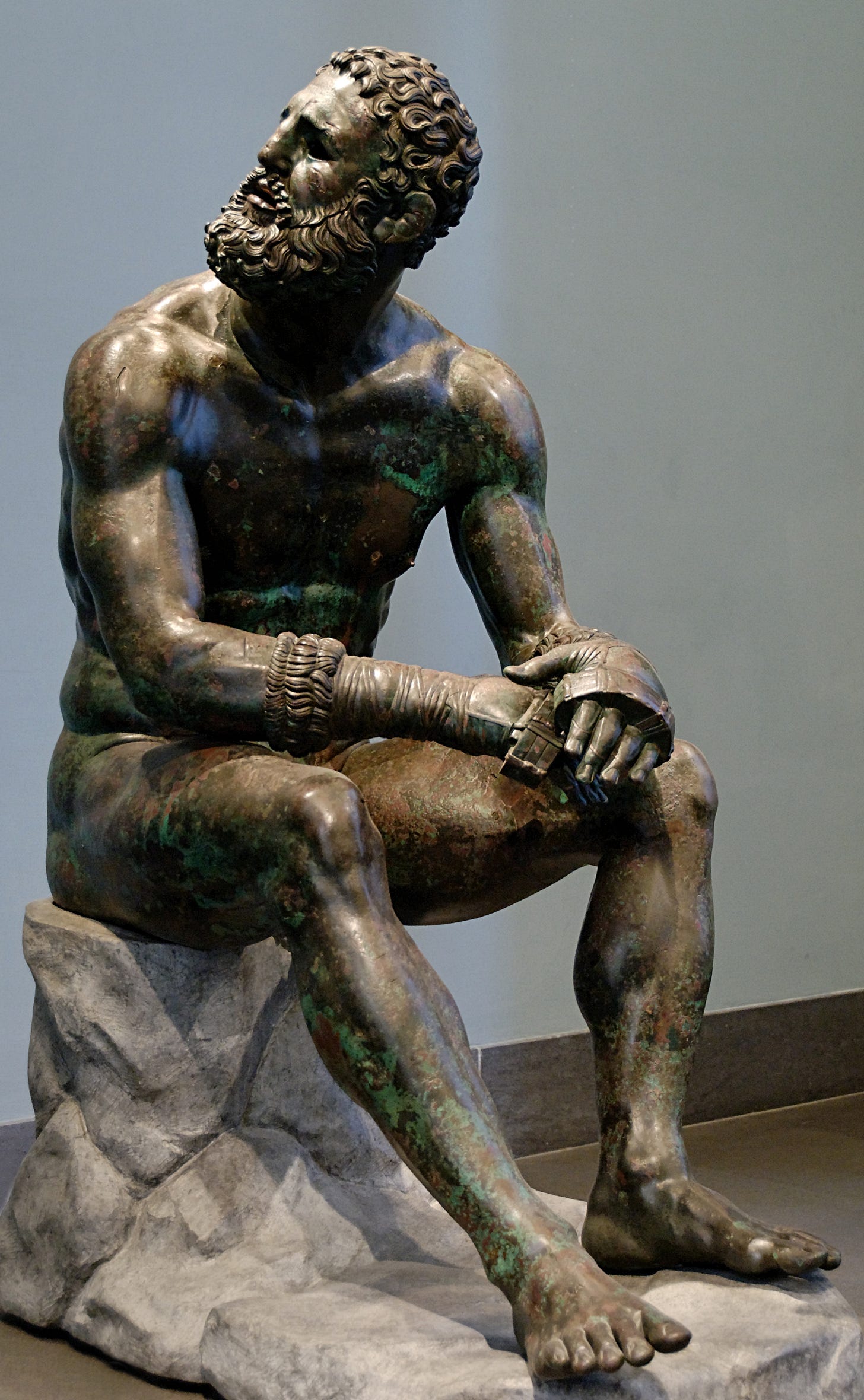
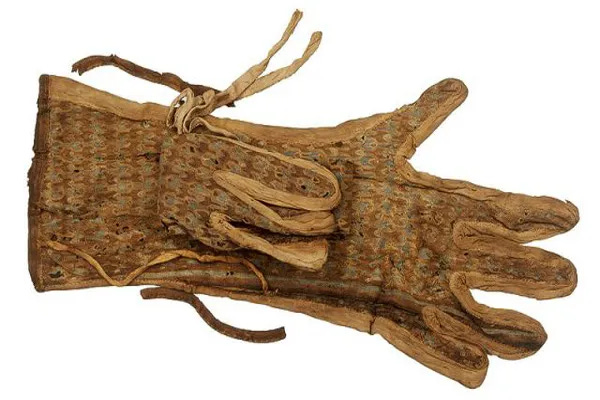
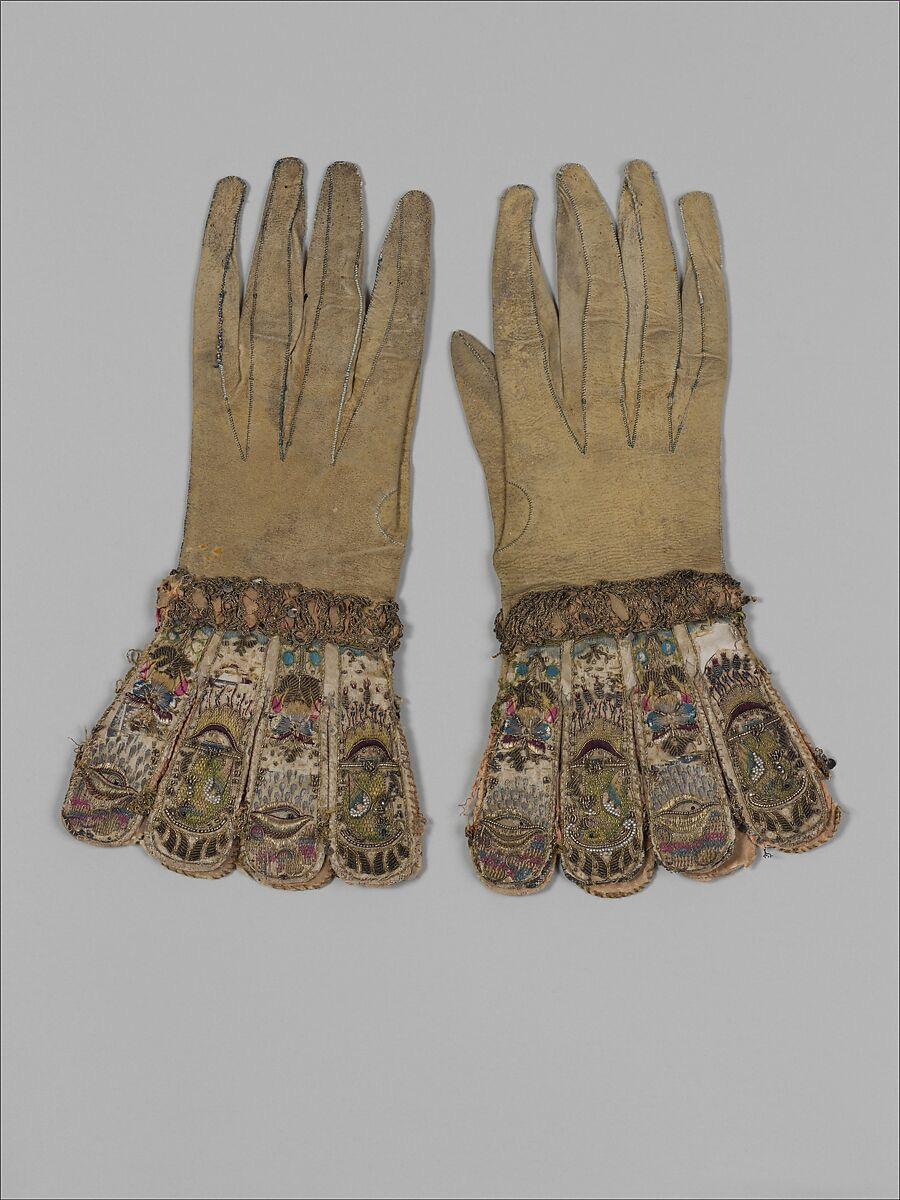
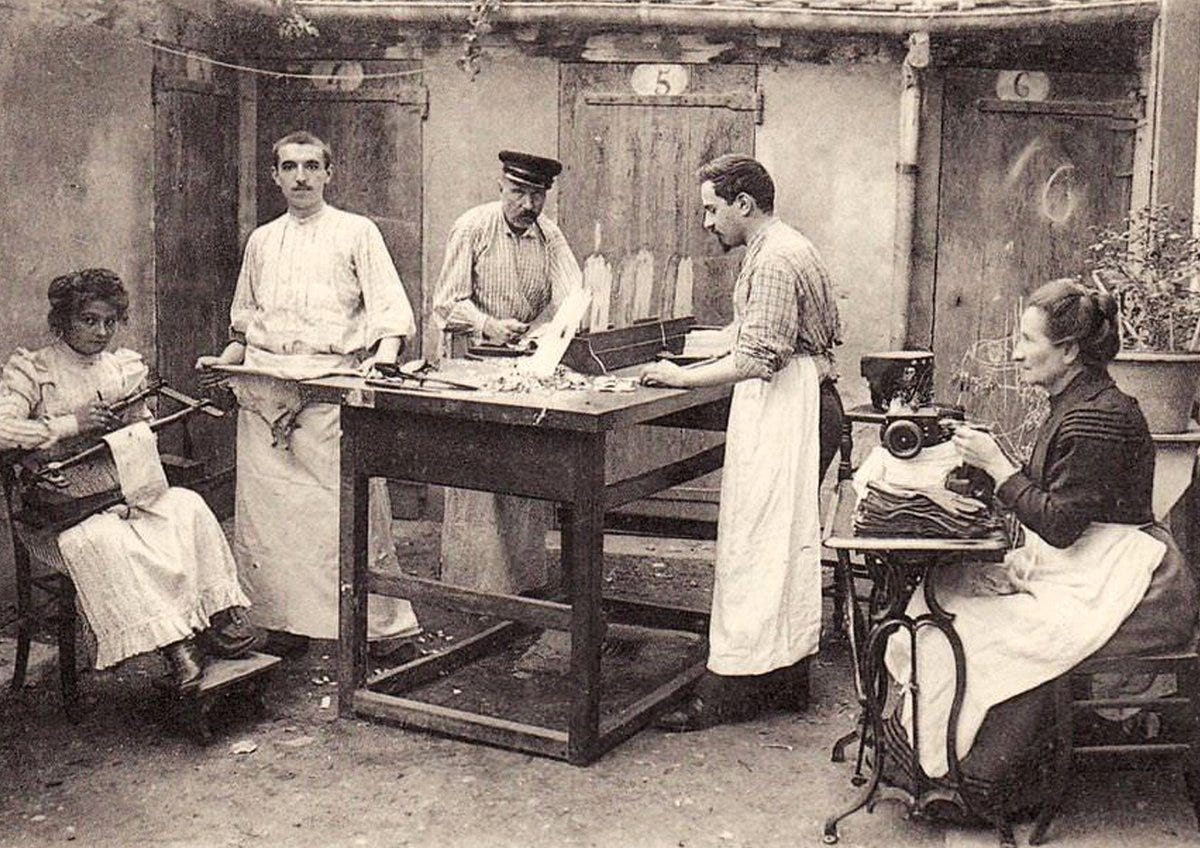



Reading Reference List:
https://scholarworks.wm.edu/cgi/viewcontent.cgi?article=5661&context=etd
https://www.nationalgeographic.com/history/article/a-brief-history-of-gloves-in-fashion-medicine-and-work#:~:text=Cave%20paintings%20suggest%20that%20humans,Tutankhamun's%20Egyptian%20tomb%20in%201922.
https://www.britannica.com/topic/glove
So looking forward to the background on your vintage gloves!